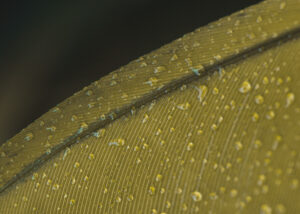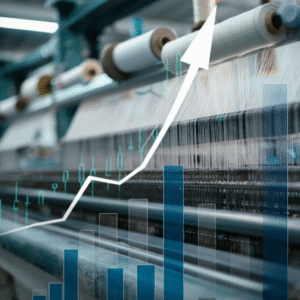
Dyeing Auxiliaries
Dyeing Auxiliaries and Their Uses in the Textile Industry
What Are Dyeing Auxiliaries?
Dyeing auxiliaries are chemical agents added during pre‑treatment, dyeing, and post‑treatment steps. They optimize dye–fiber interactions, support fabric preparation, stabilize dye baths, control pH, enhance fastness, and minimize environmental impact
Why Are They Essential?
- Uniform dye distribution – prevent streaks, patches, shade variation
- Dye uptake & fixation – improve exhaustion, reduce wastage
- Process stability – control foam, pH, metal ions
- Fabric protection – avoid damage, wrinkling, pilling
- Fastness & durability – better wash, light, rub resistance
- Eco‑friendly processing – reduced water, energy, chemical use
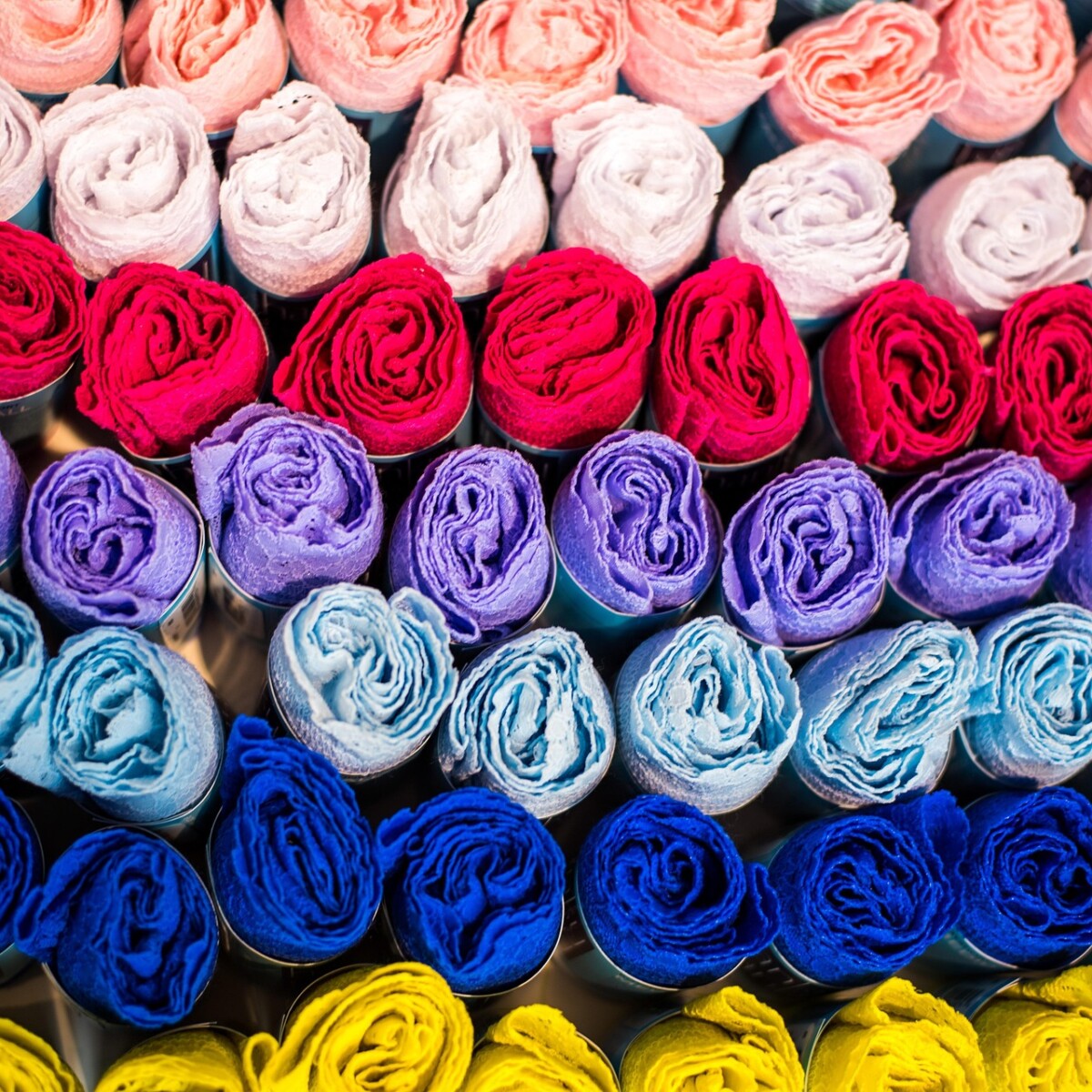
Classification of Dyeing Auxiliaries
Auxiliaries are broadly split into non‑surfactants and surfactants based on their chemical nature. Textile dyeing is much more than adding color—it’s a high‑precision chemical process. Dyeing auxiliaries are indispensable agents that ensure optimal dye uptake, even coloration, color fastness, and process efficiency.
Most Common Auxiliaries & Their Uses
Sequestering Agents
Examples: EDTA, orthophosphates – eliminate hard‑water metals; improve color brightness and uniformity .
Dispersing Agents
Examples: Setamol, Dadamol – vital for disperse dyes on polyester, preventing aggregation
Levelling Agents
Examples: Levelex‑P, Serabid – ensure even dye uptake by regulating migration
Wetting/ Penetrating Agents
Examples: Cibaflow – vital for hydrophobic fibers to absorb dye uniformly
Dye Fixing Agents
Examples: Sandofix, Tinofix – enhance color fastness, especially for cotton direct dyes
Anti‑Foaming Agents
Silicone‑based agents – prevent foam, particularly during agitation
Anti‑Crease Agents
Reduce folding and wrinkling during processing
“People Also Ask” FAQs

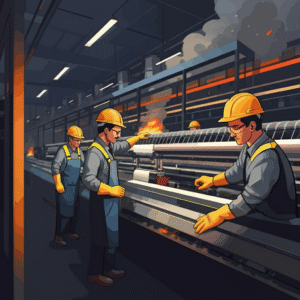
Industrial Safety in Textile Plants: Lessons from Fires in Bharuch

Understanding the Power of a Sequestering Agent in Industry
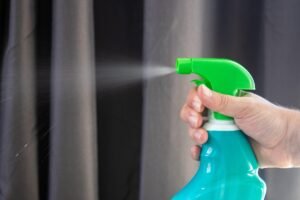
Bio Enzyme Cleaner Guide: How to Make Bio Enzyme, Benefits, Uses, and Products
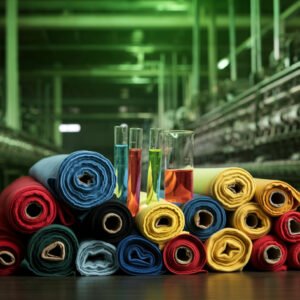
Understanding Textile Auxiliaries: Types, Benefits, and Innovations
